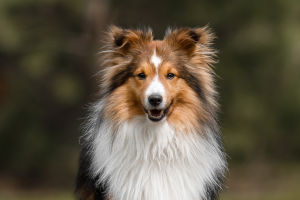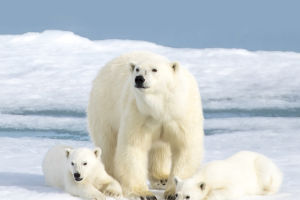Galloping On The Prairie
Distributed in Eurasia, Africa and North and South America. Nearly half are distributed in the Americas, while Asia accounts for about 24%, Europe 11%, and Africa and Oceania about 8%.
The early horses were domesticated by humans and were the main driver of activities such as agricultural production, transportation and military affairs.
There are more than 200 kinds of horses in the world. With the development of productivity, the improvement of scientific and technological level, and the invention and wide application of power machinery, the role of horses in real life is getting smaller and smaller.
The evolution of horses.
The evolution of horses has gone through major stages of development, such as first horses, middle horses, original horses, new horses, and real horses.
Due to changes in natural topography, climate and ecology, open inland plains appeared, and the evolution of horses gradually adapted to these changes.
Habits of horses.
Living conditions.
Wild horses like to live in groups, usually consisting of a male horse, several mares and their offspring. Each population has a defined range and migrates at a rate of 5-10 kilometers per day.
Individuals in groups often clean each other's skin after meals and lightly lick each other's nails, shoulders, backs, buttocks, etc.
Self-care such as rolling, self-brushing, and fly-repelling is also sometimes performed.
Habitat.
Horses generally live in grasslands.
Character.
The horse has a more docile temperament; it never aggressively attacks humans and other animals. An important reason people can tame horses is that horses have poor eyesight.
Hearing and smell.
Horses have an excellent sense of hearing and smell. The horse's ears are located at the highest point of the head and are turned at a wide angle.
Excessive volume or audio is a confrontational stimulus for the horse and can be very distressing to the horse.
Rest.
A characteristic of horses is that they like to sleep standing up at night.
A horse can lock its knees and elbows, so it doesn't need to rely on muscle support when standing (or sleeping). Because the tendons are hooked to the bone, the muscles of the horse's leg can relax.
Food.
Horses are herbivorous animals.
Natural enemy.
The main natural enemies of horses are wolves, humans, and blood-sucking insects. On the steppe, horses can evade predators with their great speed and stamina, while humans and wolves can kill them with intelligence.
Second, some blood-sucking insects can also be roughly considered natural enemies of horses because they can transmit diseases.
Horses are a gift from nature to people. make a great contribution to human life.


